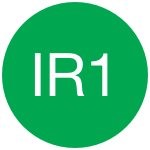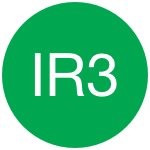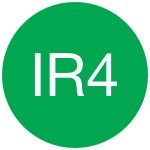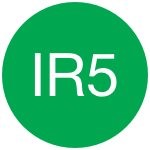
A U.S. citizen or permanent resident uses Form I-130, Petition for Alien Relative, to establish a qualifying relationship with a foreign national relative. The petition also communicates the intention to help that person obtain a green card in the United States. So what exactly happens after I-130 is approved? What happens next?
An approved Form I-130 is good news, but it’s only the beginning of a process that requires several forms to be filed with U.S. Citizenship and Immigration Services (USCIS) and/or the U.S. Department of State. Unfortunately, an approved I-130 petition does not, by itself, give you permission to come to, or remain in, the United States. The approval of the I-130 petition is a prerequisite to filing an application for a green card (lawful permanent residence).
First, to understand what happens after I-130 is approved, it’s important to know the type of qualifying relationship you have with the U.S. petitioner because it affects your wait time. This should be simple because it’s the basis of your I-130 petition.
You are in an Immediate Relative category if you have one of the following relationships:





You are in a Family Preference category if you have one of the following relationships:

 LPR which are often current after I-130 is approved" width="" />
LPR which are often current after I-130 is approved" width="" />



Upon approving the I-130 petition, USCIS will mail the petitioner an I-797 approval notice. The next step depends on two important criteria: (1) if the immigrant is in an Immediate Relative or Family Preference Category and (2) if the immigrant is inside or outside the United States.
A foreign national that wants to change their nonimmigrant status to permanent resident status (green card holder) uses a process called adjustment of status. The foreign national would file Form I-485, Application to Register Permanent Residence or Adjust Status, as the primary form in an adjustment of status application package. Although USCIS will consider additional factors before approving an adjustment application, the three fundamental requirements to adjust status require that you must:
Lawful entry means that immigration officials admitted or paroled you into the United States. For most people, this generally means that you entered the United States with valid documentation and made face to face contact with a U.S. immigration officer and that officer acknowledged your entry to the United States. If you entered with a valid visa, but that visa has since expired, you still had a lawful entry. For other individuals that have an unlawful entry but otherwise meet the requirements to adjust status, an I-601A waiver may be available. For waiver cases, the guidance of an immigration attorney is highly recommended.
If you are in the United States after USCIS approves the I-130 petition, you’ll probably want to file an adjustment of status package. The adjustment package generally includes several mandatory USCIS forms and some optional forms. It may seem a bit overwhelming, but most people with straightforward cases can prepare the application package without the assistance of an attorney.
By accurately preparing these forms, you will greatly increase your chances of having your case processed quickly. As mentioned, Form I-485 is the primary application in the package, but several other USCIS forms may need to be included:
In addition to the forms listed above, the applicant must submit USCIS fees and supporting documentation. This list of items that must be submitted varies based on your specific situation and answers on the forms.
Refer to the directions for each USCIS form or the simplified set of instructions when you prepare the package on CitizenPath. In addition to your prepared form, CitizenPath provides you with a set of personalized filing instructions. Our filing instructions are customized to your answers in the application so you know what to do for your specific situation. The filing instructions provide detailed directions on supporting documents, how to organize your application, and where to mail it. To see an overview of typical forms and fees for your situation, review the adjustment of status fee page.